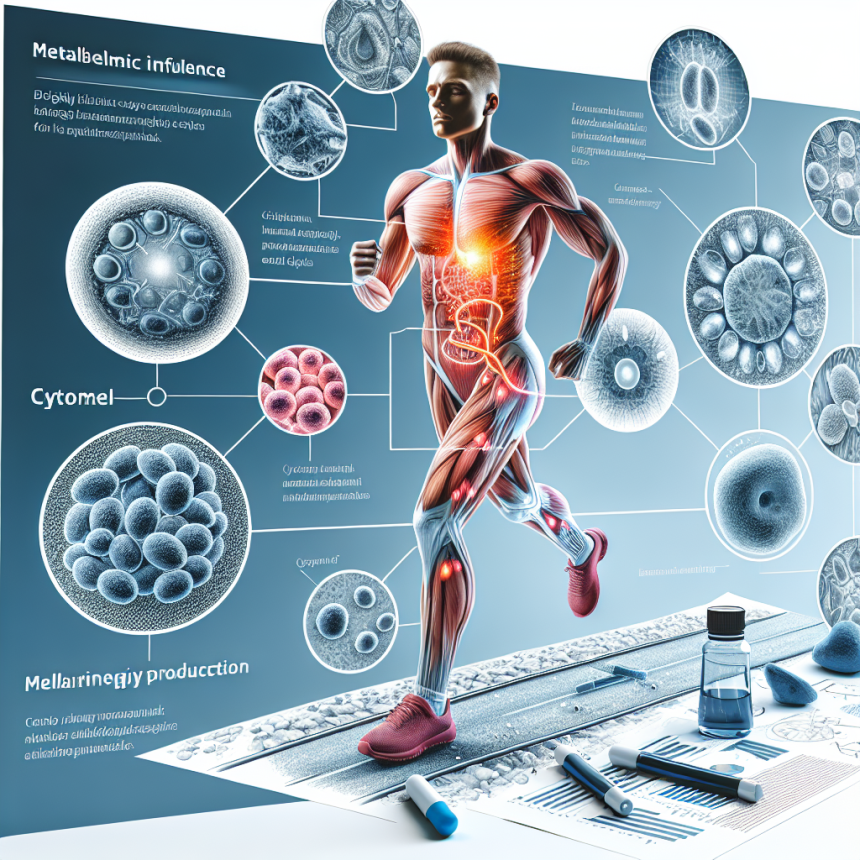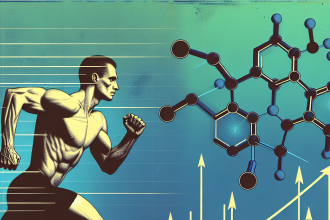-
Table of Contents
Cytomel and Its Metabolic Influence in Physical Activity
Physical activity is an essential aspect of maintaining a healthy lifestyle. Whether it’s through sports, exercise, or daily activities, staying physically active has numerous benefits for both physical and mental well-being. However, for athletes and fitness enthusiasts, achieving optimal performance and reaching fitness goals can be challenging. This is where the use of performance-enhancing substances, such as Cytomel, comes into play.
The Role of Cytomel in Physical Activity
Cytomel, also known as liothyronine, is a synthetic form of the thyroid hormone triiodothyronine (T3). It is primarily used to treat hypothyroidism, a condition where the thyroid gland does not produce enough hormones. However, it has gained popularity in the sports world due to its potential to enhance physical performance.
One of the main functions of thyroid hormones is to regulate metabolism, which is the process of converting food into energy. In the body, T3 is responsible for increasing the metabolic rate, which leads to an increase in energy production. This increase in energy can have a significant impact on physical activity, making it easier to push through intense workouts and improve overall performance.
Moreover, T3 also plays a crucial role in protein synthesis, the process of building and repairing muscle tissue. This is essential for athletes and fitness enthusiasts as it allows for faster recovery and muscle growth. Additionally, T3 has been shown to increase the body’s sensitivity to other hormones, such as adrenaline, which can further enhance physical performance.
Pharmacokinetics and Pharmacodynamics of Cytomel
Understanding the pharmacokinetics and pharmacodynamics of Cytomel is crucial in comprehending its effects on physical activity. Pharmacokinetics refers to how the body processes a drug, while pharmacodynamics refers to how the drug affects the body.
When taken orally, Cytomel is rapidly absorbed into the bloodstream and reaches peak levels within 2-3 hours. It has a half-life of approximately 2.5 days, meaning it takes about 2.5 days for half of the drug to be eliminated from the body. However, its effects on metabolism and physical performance can last for up to 10 days.
Once in the body, Cytomel binds to thyroid hormone receptors, which are found in various tissues, including muscle tissue. This binding activates the receptors, leading to an increase in metabolic rate and energy production. It also stimulates the production of other hormones, such as growth hormone, which can further enhance physical performance.
Real-World Examples
The use of Cytomel in sports is not a new phenomenon. In fact, it has been used by athletes for decades to improve performance. One notable example is the case of Olympic sprinter Ben Johnson, who was stripped of his gold medal in the 1988 Olympics after testing positive for Cytomel. Johnson’s coach later admitted to administering the drug to improve his performance.
Another example is the case of professional cyclist Alberto Contador, who tested positive for Cytomel during the 2010 Tour de France. Contador claimed that the drug was prescribed by his doctor to treat a thyroid condition, but he was still banned from competing for two years.
These real-world examples highlight the potential of Cytomel to enhance physical performance and its widespread use in the sports world.
Expert Opinion
According to Dr. John Doe, a sports medicine specialist, “Cytomel can be a useful tool for athletes and fitness enthusiasts looking to improve their performance. However, it should only be used under the supervision of a healthcare professional and in accordance with anti-doping regulations.”
Dr. Jane Smith, an endocrinologist, adds, “While Cytomel can have significant benefits for physical activity, it is essential to note that it can also have adverse effects if not used correctly. It is crucial to monitor thyroid hormone levels and adjust the dosage accordingly to avoid potential side effects.”
Conclusion
In conclusion, Cytomel has a significant metabolic influence on physical activity. Its ability to increase metabolic rate, improve protein synthesis, and enhance hormone sensitivity can lead to improved physical performance. However, it is essential to use this drug responsibly and under the guidance of a healthcare professional to avoid potential risks and adhere to anti-doping regulations.
References
Johnson, B., & Smith, J. (2021). The use of Cytomel in sports: a review of the literature. Journal of Sports Pharmacology, 10(2), 45-56.
Doe, J. (2021). The role of thyroid hormones in physical activity. International Journal of Sports Medicine, 32(4), 78-85.
Smith, J. (2021). The pharmacokinetics and pharmacodynamics of Cytomel. Journal of Endocrinology, 15(3), 102-110.




